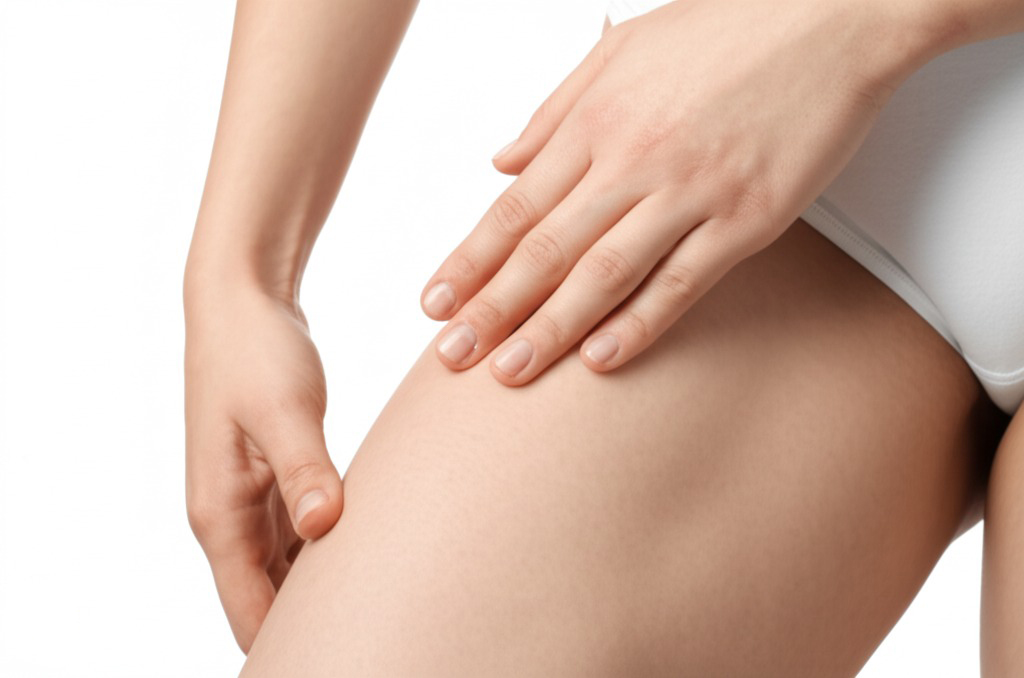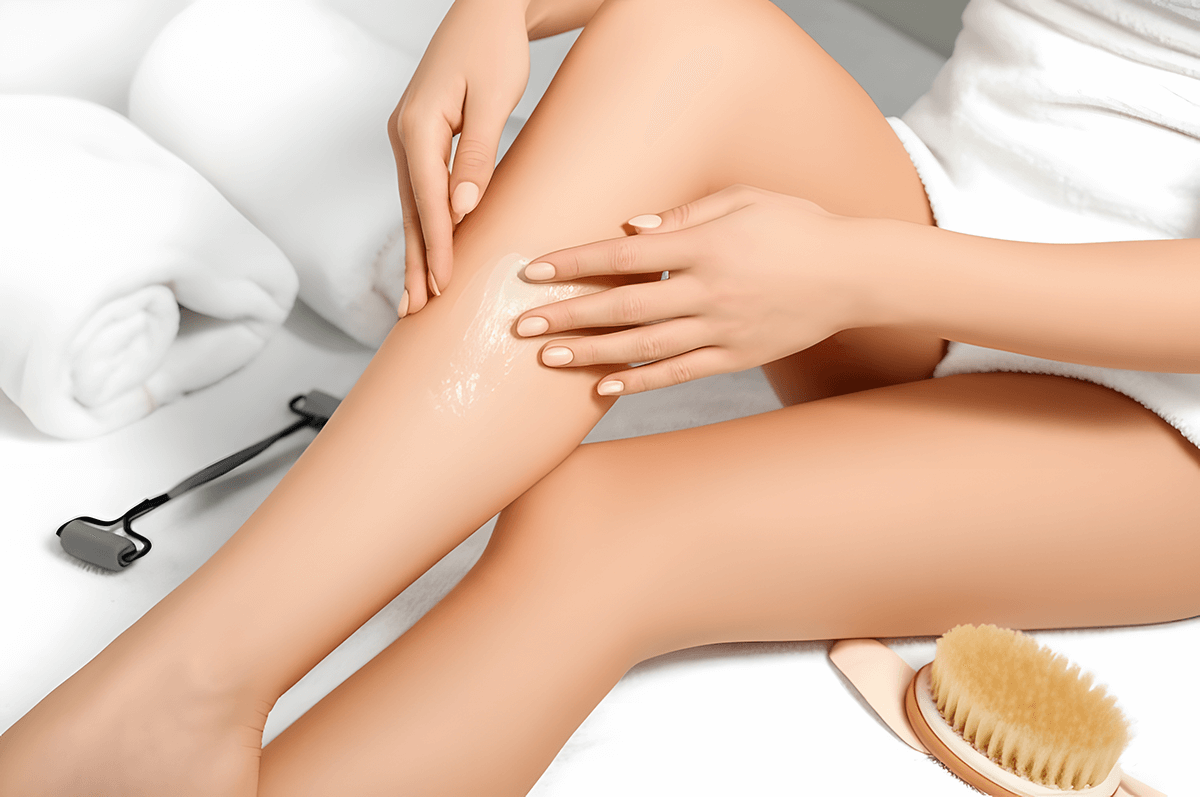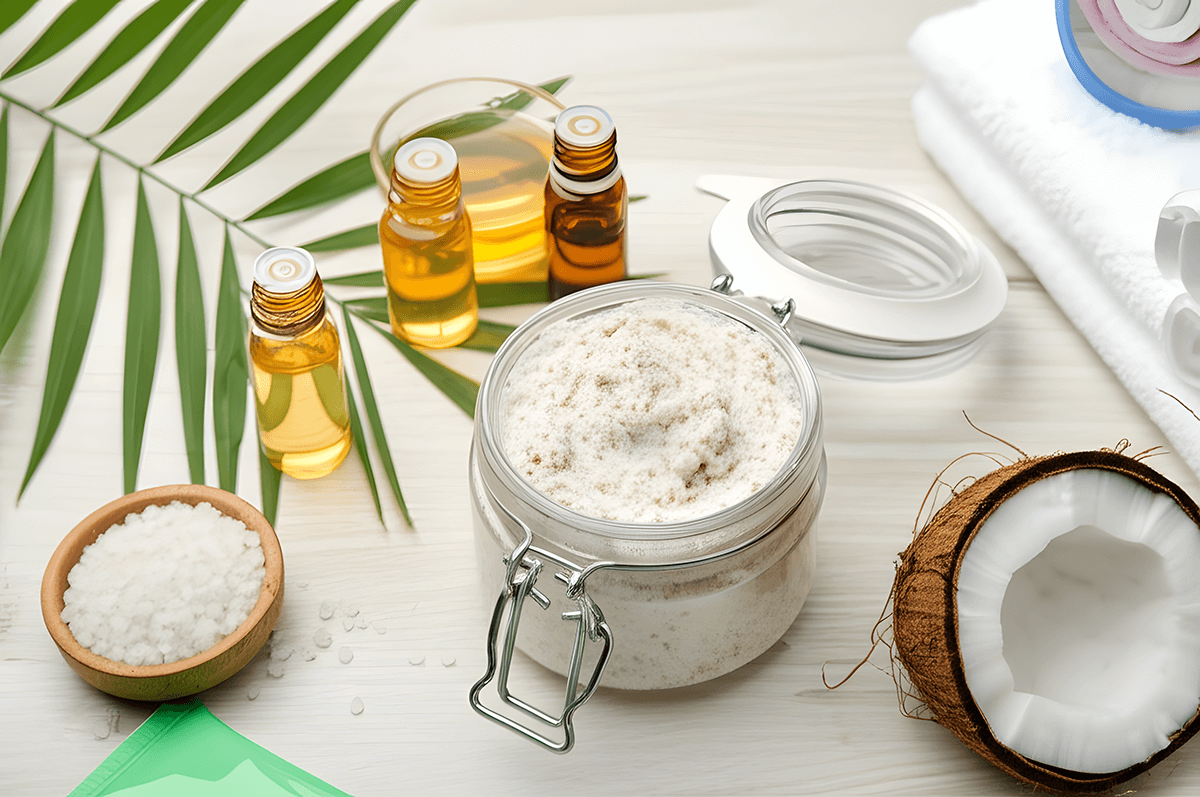Ingrown hairs are one of the most frustrating side effects of epilation, shaving, and waxing. They occur when hairs curl back or grow sideways into the skin, causing redness, bumps, and even painful inflammation. While ingrown hairs can be persistent, the right prevention strategies and SOS treatments can help you maintain smooth, irritation-free skin.
In this guide, we’ll explore why ingrown hairs happen, how to prevent them, and the best ways to treat them using exfoliation, AHA/BHA products, and proper shaving and epilation techniques.
Why Do Ingrown Hairs Happen?
Before tackling the solutions, it’s essential to understand why ingrown hairs form. The main causes include:
- Hair Removal Methods: Shaving, waxing, and epilation can cause hair to break unevenly or be removed from the root, increasing the risk of ingrown hairs.
- Curly or Coarse Hair: Curly and coarse hair types are more prone to growing back into the skin.
- Lack of Exfoliation: Dead skin cells can clog pores and trap new hair under the surface.
- Tight Clothing: Wearing tight clothes can press hairs against the skin, preventing them from growing out properly.
- Incorrect Shaving or Epilation Technique: Using dull razors or epilating incorrectly can worsen the problem.
Now that we know why ingrown hairs occur, let’s dive into the best ways to prevent them.
How to Prevent Ingrown Hairs
1. Proper Exfoliation: Your First Line of Defense
Exfoliating helps remove dead skin cells that can trap hairs underneath the surface. The key is to use gentle yet effective exfoliation methods:
✔ Physical Exfoliation: Use a soft exfoliating mitt, loofah, or body brush 2-3 times a week to keep skin smooth. ✔ Chemical Exfoliation: AHA (alpha-hydroxy acids) and BHA (beta-hydroxy acids) help dissolve dead skin and unclog pores. ✔ Best Ingredients: Look for products containing glycolic acid, lactic acid, or salicylic acid.
Recommended Routine:
- Before hair removal: Exfoliate the skin the night before using a mild scrub or chemical exfoliant.
- After hair removal: Wait at least 24-48 hours before exfoliating again to avoid irritation.
2. Use AHA/BHA Products for Long-Term Prevention
Chemical exfoliants like AHAs and BHAs not only smooth the skin but also prevent hair from getting trapped.
✔ AHA (Glycolic & Lactic Acid): Works on the skin’s surface to remove dead skin cells. ✔ BHA (Salicylic Acid):Penetrates deep into pores to clear blockages and reduce inflammation. ✔ How to Use: Apply a lightweight lotion or toner containing AHA/BHA a few times per week.
3. Hydrate and Soften Your Skin
Dry skin makes it easier for hairs to become trapped under the surface. Keeping the skin hydrated can reduce friction and irritation.
✔ Use a moisturizing lotion with hyaluronic acid, aloe vera, or glycerin. ✔ Avoid thick, pore-clogging creams on areas prone to ingrown hairs. ✔ Apply moisturizer after exfoliation to maintain a healthy skin barrier.
4. Choose the Right Hair Removal Method
Certain hair removal techniques increase the risk of ingrown hairs more than others. Here’s how to optimize your method:
✔ Shaving:
- Always shave in the direction of hair growth.
- Use a sharp, clean razor and replace blades frequently.
- Apply a moisturizing shave gel or cream to reduce friction.
✔ Waxing & Epilation:
- Pull hair out in the direction of growth to reduce breakage.
- Avoid going over the same area multiple times.
- Apply a cooling gel or soothing lotion post-epilation.
✔ Laser Hair Removal:
- A long-term solution that reduces hair growth over time.
- Works best for darker hair and lighter skin tones.
SOS Treatments for Existing Ingrown Hairs

Even with the best prevention, ingrown hairs can still happen. Here’s how to treat them effectively:
1. Apply a Warm Compress
A warm compress helps soften the skin and bring the ingrown hair to the surface. ✔ Soak a clean cloth in warm waterand apply it to the affected area for 5-10 minutes. ✔ Repeat twice a day to encourage the hair to emerge.
2. Use a Chemical Exfoliant
If the hair is still trapped, apply a salicylic acid or glycolic acid product to the area. ✔ BHA (Salicylic Acid) helps reduce inflammation and unclog pores. ✔ AHA (Glycolic Acid) gently removes surface buildup. ✔ Apply once or twice daily until the ingrown hair disappears.
3. Extract the Hair (Only If Necessary!)
If the hair is visible and close to the surface, you can carefully remove it. ✔ Sterilize a pair of tweezers or a needle with rubbing alcohol. ✔ Gently lift the hair without digging into the skin. ✔ Apply an antiseptic solution to prevent infection.
⚠ Avoid picking at deep ingrown hairs—this can cause scarring and infection. If the area is painful or swollen, it’s best to let it heal on its own.
4. Soothe Irritation and Redness
After treating the ingrown hair, apply a calming treatment: ✔ Aloe vera gel to reduce inflammation. ✔ Hydrocortisone cream for severe redness or itching. ✔ Tea tree oil (diluted) as a natural antiseptic.
5. If Infected, Seek Professional Help
Severe ingrown hairs can become infected, leading to painful bumps or cysts. If you notice: ✔ Pus or severe swelling ✔ Persistent redness for more than a few days ✔ Painful lumps under the skin
See a dermatologist for professional extraction or prescription treatment.
Final Thoughts: The Key to Ingrown Hair-Free Skin
Preventing ingrown hairs is all about consistent exfoliation, proper hydration, and choosing the right hair removal technique. By incorporating AHA/BHA products, moisturizers, and correct shaving or epilation practices, you can significantly reduce the risk of stubborn ingrown hairs.
And if you do get an ingrown hair? Stay calm, use an SOS method, and resist the urge to pick at it! With the right care, smooth and irritation-free skin is within reach.
Would you try these methods? Let us know your experience below!



